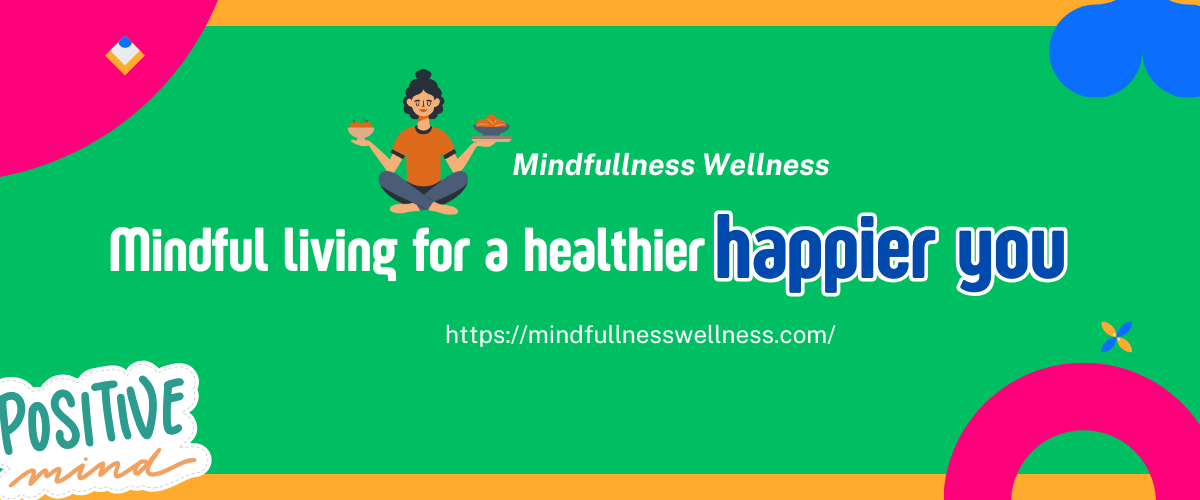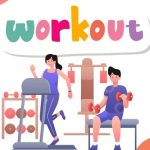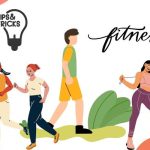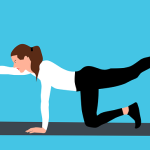Introduction
In 2025, the fitness world is shifting focus. Instead of punishing workouts and aesthetics-driven goals, people are embracing a smarter, more sustainable approach: functional fitness and low-impact movement. This new wave of fitness isn’t just about looking good—it’s about feeling strong, mobile, and mentally grounded.
As more people prioritize long-term well-being over quick transformations, these low-stress, high-reward routines are becoming the norm. Let’s explore why they’re trending and how you can integrate them into your lifestyle.
What Is Functional Fitness—and Why It Matters
Functional fitness focuses on training your body for real-life movements. Think squats, lunges, pushing, pulling—exercises that mimic daily activities and improve overall body coordination, core strength, and joint stability.
Unlike traditional gym workouts that isolate muscles, functional training strengthens movement patterns, helping you:
- Prevent injury
- Improve posture
- Boost everyday performance
- Stay active and pain-free as you age
Whether you’re picking up your kids, gardening, or carrying groceries, functional fitness trains you to move with ease and efficiency.
The Rise of Low-Impact Movement
Low-impact workouts like Pilates, yoga, walking, swimming, and rebounding are exploding in popularity. Often called “lazy fitness,” this trend favors consistency and recovery over intensity.
The appeal? Low-impact movement:
- Is joint-friendly and sustainable
- Supports mental health and mindfulness
- Is suitable for all fitness levels, especially beginners
- Helps reduce cortisol (stress hormone) levels
In a world recovering from burnout and chronic stress, people are realizing that gentle doesn’t mean ineffective.
Hybrid Workouts: The Best of Both Worlds
In 2025, fitness isn’t one-size-fits-all. The hybrid workout model combines strength training or HIIT with restorative practices like stretching, yoga, or mobility work.
A sample hybrid routine might look like:
- 20 mins functional strength training
- 10 mins yoga-inspired cooldown
- 5 mins mindful breathing
This balance helps you train smarter, not harder, and keeps your body in top form without overtraining.
Tech-Enhanced Fitness: Smarter, Safer Training
Wearable devices like smartwatches and fitness rings are helping people personalize their workouts based on:
- Heart rate variability
- Sleep quality
- Recovery needs
- Mobility metrics
AI fitness apps can now offer real-time form corrections, suggest customized low-impact workouts, and track functional strength progression, making movement more efficient and goal-driven.
Why This Trend Is Here to Stay
Here’s why functional and low-impact workouts are taking over:
- Injury prevention: Less joint strain and safer movement
- Mental wellness: Calmer routines reduce anxiety and promote mindfulness
- Accessibility: Suitable for older adults, busy parents, and beginners
- Holistic health: Combines physical, emotional, and functional well-being
- Sustainability: Easier to maintain long-term compared to intense regimens
As more people aim for a balanced, intentional lifestyle, this approach aligns with modern wellness values.
Getting Started with Functional & Low-Impact Movement
Ready to make the switch? Here are some ways to begin:
- Swap one high-intensity day for a mobility session or walk
- Use bodyweight resistance and kettlebells for daily functional training
- Download an AI fitness app to track progress and get guided routines
- Incorporate 5–10 minutes of stretching or yoga into your mornings
- Try low-impact circuit training with intervals of movement and breathing
Even small changes can make a big difference in how you move and feel.
Conclusion
Fitness in 2025 is all about longevity, not punishment. Functional fitness and low-impact movement are proving that you don’t have to push your body to the edge to get results. Instead, you can move smartly, build strength naturally, and support your body in the ways that truly matter.
So whether you’re new to fitness or looking for a more sustainable way to stay strong, this is your moment. Choose movement that works for your life—not against it.







